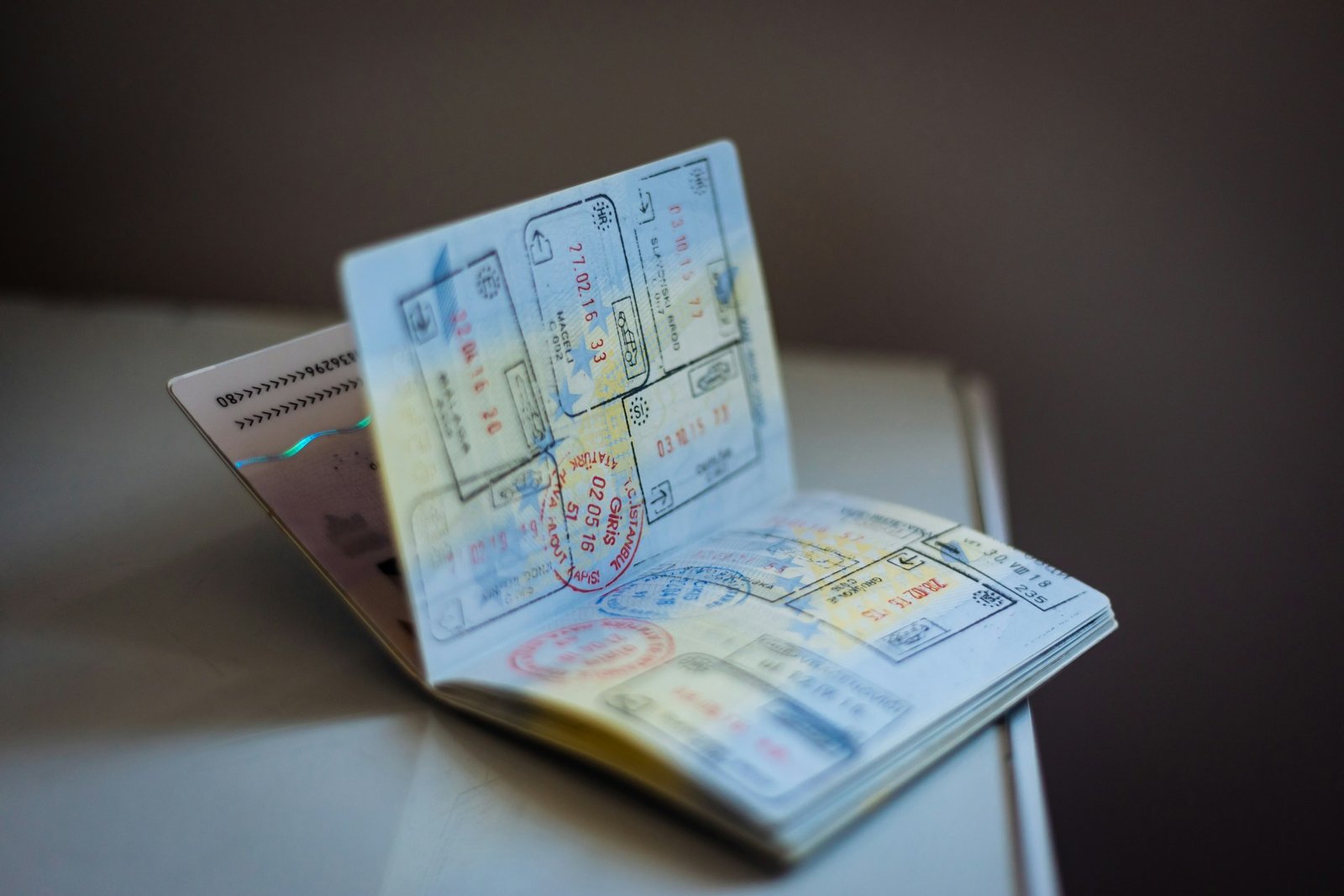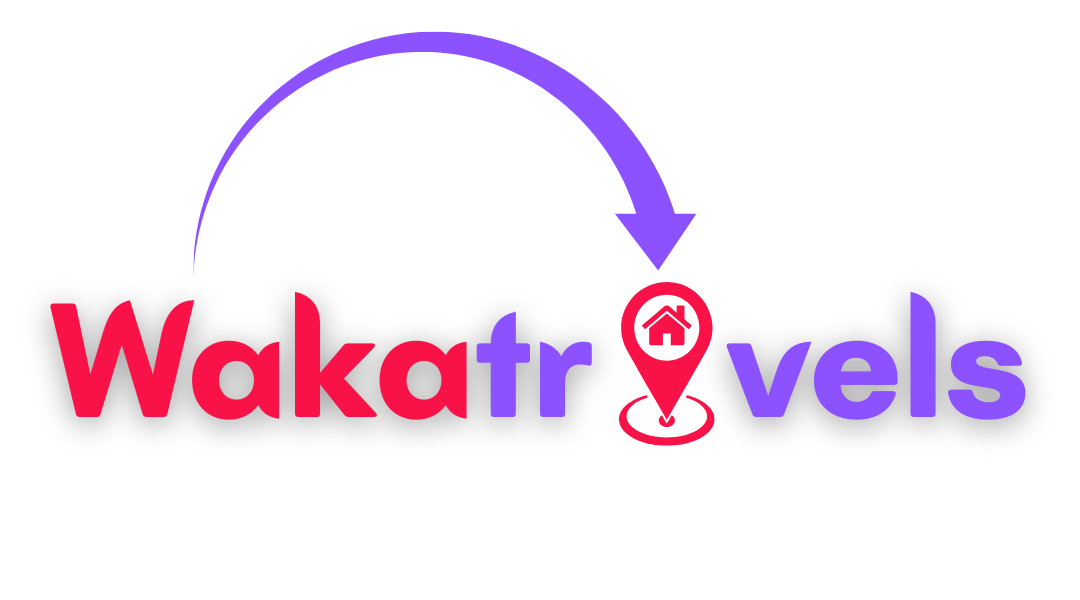Thinking about jetting off to Europe? Packing for that trip is where reality checks in—because, yeah, Europe is a whole mood, but your suitcase only has so much space. Whether you’re wandering cobblestone streets, museum-hopping in Paris, or chasing sunsets on the Amalfi Coast, what you bring can make or break the experience. It’s not just about stuffing your bag with clothes and toiletries; it’s an exercise in strategic compromise: you want to be prepared but not overburdened, stylish yet practical, and ready for anything without looking like you packed for an apocalypse.
So, before you start tossing in every possible outfit and gadget, it’s worth pausing to think about the essentials — and maybe some unexpected lifesavers too. Weather changes, cultural quirks, and transportation modes vary more than you’d expect across European countries, which means your packing list needs to be at least as versatile as your itinerary.
In this guide, expect a no-nonsense breakdown of what to bring that balances usefulness with convenience, and yes, a little flair. You’ll find tips that lean into smart choices for clothes, tech, and those tiny must-have items you probably forgot about last time but will thank yourself for this trip. Packing for Europe? Let’s get it right this time.
The Non-Negotiables: Your European Travel Document Foundation
Your Passport: The Golden Ticket
This one’s obvious, right? Well, not entirely. Your passport needs to be valid for at least three months beyond your planned departure date from the Schengen Area. I learned this the hard way when a friend got denied boarding to Barcelona because her passport expired two months and three weeks after her return flight. Close, but not close enough for European immigration officials.
Here’s what most travel blogs won’t tell you: some countries are pickier than others. While technically the three-month rule applies everywhere, I’ve noticed German and Dutch immigration officers are particularly thorough about checking dates. Maybe it’s that legendary attention to detail, or perhaps they’ve just seen too many overstayers.
Visa Requirements: It’s Complicated (But Not That Complicated)
Whether you need a visa depends entirely on your passport color—figuratively speaking. US citizens get 90 days visa-free in the Schengen Area, which covers most of Western Europe. UK citizens post-Brexit? Same deal, thankfully. But here’s where it gets interesting: those 90 days are cumulative within any 180-day period.
I once met a digital nomad in a Berlin café who’d been bouncing between European cities for months, blissfully unaware of this rule. He got a rude awakening at Prague airport when border control calculated he’d already used up his 90 days. The moral? Keep track of your days, especially if you’re doing the whole work-from-anywhere thing.

For non-EU citizens planning longer stays, you’ll need to look into specific country visas or the new ETIAS system (more on that later).
The Smart Money: Travel Insurance and Financial Proof
Travel Insurance: Your Safety Net
Technically, travel insurance isn’t always mandatory for short tourist visits, but practically? It’s stupid not to have it. I say this as someone who once spent three days in a Spanish hospital with food poisoning (never trust that sketchy paella cart, no matter how authentic it looks).
Some countries, particularly if you’re applying for a longer-stay visa, will absolutely require proof of travel insurance with minimum coverage amounts. For Schengen visas, you typically need at least €30,000 in medical coverage. But even for visa-free travel, having insurance is like wearing a seatbelt—you hope you’ll never need it, but you’ll be damn grateful it’s there if you do.
Proof of Funds: Show Me the Money
This one catches people off guard. Immigration officers can ask for proof that you can financially support yourself during your stay. It doesn’t happen often for obvious tourists, but it’s more common than you’d think, especially if you’re young, traveling alone, or look like you might be planning to work illegally.
The magic number varies by country, but generally having access to €50-65 per day of your stay is considered sufficient. This can be cash, bank statements, or credit cards. I always travel with a recent bank statement printed out—it’s saved me from awkward conversations more than once.
The Paper Trail: Bookings and Confirmations
Accommodation Proof: Where Are You Sleeping?
Hotel bookings, Airbnb confirmations, hostel reservations—whatever you’ve got, print it out. Even if you’re the type who prefers to “wing it” and find places as you go, have at least your first night booked and confirmed. Immigration officers like to see that you’ve thought beyond just showing up.
Pro tip: If you’re staying with friends or family, you might need an invitation letter from them, especially if you’re from a country that commonly sees visa overstays. It’s a bit bureaucratic, but it shows you have legitimate ties and support in the country.
Return Transportation: Proof You’re Actually Leaving
A return flight ticket is usually your best friend here, but it doesn’t have to be a flight. Train tickets to a non-Schengen country, bus tickets, even ferry bookings work. The key is proving you have a plan to leave within your allowed time frame.
I’ve seen budget travelers get creative with this—booking refundable flights they never intend to take, just to satisfy immigration requirements. Not exactly the spirit of the law, but it works.

The New Kid on the Block: ETIAS Authorization
Starting in 2024 (though it’s been delayed more times than a London tube during rush hour), US, UK, and other visa-exempt travelers will need ETIAS authorization. Think of it as Europe’s answer to the US ESTA system.
It’s not technically a visa—more like a pre-travel screening that costs €7 and lasts three years. You’ll apply online, answer some basic questions about your background, and get approved within minutes for most people. The system is designed to flag potential security risks before they board planes, not to make tourism harder.
Honestly, it’s probably going to be more of an administrative hiccup than a real barrier for most travelers.
Country-Specific Quirks: When Europe Gets Picky
The United Kingdom: Brexit’s Lingering Effects
Post-Brexit UK isn’t part of the Schengen Area anymore, which means separate entry requirements. US citizens still get six six-month visa-free, but you’ll go through immigration twice if you’re doing a UK-plus-Europe trip. The documents are largely the same, but budget extra time for the additional customs line.
Switzerland and Norway: Schengen but Not EU
These countries follow Schengen rules for entry but aren’t EU members. For most travelers, this distinction won’t matter, but it’s worth knowing if you’re planning extended stays or looking into work permits.
Eastern Europe: The Wild Cards
Countries like Romania, Bulgaria, and Croatia have their own specific requirements that sometimes differ from standard Schengen rules. If you’re planning to visit these areas, double-check current requirements—they change more frequently than you’d expect.
The Documents You Don’t Need (But People Think You Do)
Let’s clear up some myths. You probably don’t need:
- International Driving Permit for short visits: Your regular license often works for car rentals up to 30 days, though an IDP doesn’t hurt to have
- Yellow fever vaccination certificate: Unless you’re coming from an affected area
- Employment verification letters: For tourist visits under 90 days
- Detailed itineraries: A rough plan is fine; you don’t need every museum visit scheduled
Digital vs. Physical: The Modern Document Debate
Here’s where I’m going to sound like your grandmother, but hear me out: print the important stuff. Yes, everything’s digital now, and yes, most of the time your phone will work fine. But I’ve been in enough situations where WiFi was spotty, phones died, or apps crashed at the worst possible moment.
Keep digital copies as backups and physical copies as your primary documents. Store digital versions in multiple places—cloud storage, email drafts, even photos on your phone. Redundancy is your friend when you’re thousands of miles from home.
The Pre-Departure Checklist: Getting Your Ducks in a Row
Two weeks before travel:
- Check passport expiration dates
- Research visa requirements for your specific nationality
- Purchase travel insurance
- Book first night’s accommodation
One week before travel:
- Print all confirmations and important documents
- Check current entry requirements (they change)
- Notify banks of travel plans
- Verify ETIAS status (once it launches)
Day of travel:
- Carry originals, keep copies separate
- Have digital backups accessible offline
- Keep €100-200 in cash for emergencies
When Things Go Wrong: Damage Control
Despite all your preparation, sometimes documents get lost, stolen, or rejected. I once watched a Canadian traveler at Charles de Gaulle airport get denied entry because her passport photo was from when she was 16—she was now 26 and looked completely different.
If you run into problems:
- Stay calm and polite (seriously, attitude matters more than you think)
- Ask to speak with a supervisor if needed
- Have backup documents ready
- Know your embassy’s emergency contact information
Most issues are fixable, but they’re easier to resolve if you’re prepared and cooperative.
The Reality Check: What Actually Happens
Here’s the truth that most travel guides won’t tell you: 95% of the time, European immigration is straightforward and quick. Officers glance at your passport, maybe ask about your visit length, stamp you through, and you’re done in under two minutes.
The horror stories exist, but they’re exceptions, not the rule. Being prepared isn’t about paranoia—it’s about having confidence and avoiding the small percentage of situations where things go sideways.
The biggest mistake I see travelers make isn’t having the wrong documents; it’s overthinking the process to the point of stress-paralysis. Europe wants tourists. Their economies depend on tourists. The requirements exist for legitimate security and immigration control, not to keep you out.
So yes, get your documents in order, but don’t let the paperwork overshadow the excitement of your trip. The Louvre, the Northern Lights, that perfect pasta in Rome—they’re all waiting for you on the other side of a surprisingly simple document check.
Frequently Asked Questions
Question: Do I need a visa to travel to Europe as a US citizen? Ans: US citizens can travel visa-free to most European countries for up to 90 days within a 180-day period. This applies to the Schengen Area, which includes 26 countries. However, starting in 2024, you’ll need ETIAS authorization.
Question: How long does my passport need to be valid for European travel? Ans: Your passport must be valid for at least three months beyond your planned departure date from Europe. Some countries may require six months validity, so check specific requirements.
Question: Is travel insurance mandatory for Europe? Ans: For short tourist visits, travel insurance isn’t always mandatory, but it’s highly recommended. For longer stays or visa applications, minimum coverage of €30,000 is typically required.
Question: What is ETIAS and when do I need it? Ans: ETIAS is a new pre-travel authorization system for visa-exempt travelers to Europe. It costs €7, lasts three years, and will be required starting in 2024 for US, UK, and other qualifying citizens.
Question: Can I use my driver’s license to rent a car in Europe? Ans: Your US driver’s license is often accepted for short-term rentals (up to 30 days), but an International Driving Permit is recommended and sometimes required by rental companies.
Question: Do I need to show proof of funds when entering Europe? Ans: While not always checked, immigration officers can ask for proof of sufficient funds. Having access to €50-65 per day of your stay is generally considered adequate.
Question: What happens if I overstay my 90-day limit in Europe? Ans: Overstaying can result in fines, deportation, and bans from future travel to Europe. The 90-day limit is cumulative within any 180-day period across all Schengen countries.
Question: Do I need accommodation bookings before traveling to Europe? Ans: While not always mandatory, having at least your first night booked is strongly recommended. Immigration officers may ask for proof of accommodation.
Question: Can I travel to the UK with the same documents as mainland Europe? Ans: Post-Brexit, the UK has separate entry requirements from the Schengen Area. US citizens get six months visa-free, but you’ll go through separate immigration processes.
Question: What documents should I carry while traveling in Europe? Ans: Always carry your passport as primary ID. Keep copies of important documents separate from originals, and maintain both digital and physical backups.
Question: Are there different requirements for different European countries? Ans: Most EU countries follow similar Schengen rules, but some non-Schengen countries like the UK, or EU countries not in Schengen like Romania, may have different requirements.
Question: What if my documents are lost or stolen in Europe? Ans: Contact your nearest embassy or consulate immediately. File a police report for stolen documents and keep digital copies accessible for faster replacement processing.
Top Travel Document Tools and Resources
1. US State Department Travel Advisories Essential for current entry requirements and safety information for all European countries.
2. Embassy and Consulate Locator : Find your nearest US embassy or consulate in Europe for emergency assistance.
3. Travel Insurance Comparison – World Nomads : Comprehensive travel insurance comparison with coverage specifically designed for European travel.
4. ETIAS Official Application Portal : Official source for ETIAS applications when the system launches in 2024.
5. Schengen Visa Calculator : your 90-day allowance within the 180-day period for Schengen countries.
6. International Driving Permit – AAA : Official US source for International Driving Permits for car rentals in Europe.
7. European Centre for Disease Prevention and Control : Current health requirements and vaccination recommendations for European travel.
8. Passport Renewal Services – US Postal Service: Expedited passport services and renewal information for urgent travel needs.
9. Travel Document Security – Smart Traveler Enrollment Program : Register your travel plans with the US government for emergency assistance and updates.
10. European Union Travel Information : Official EU source for travel requirements, rights, and regulations across member countries.






